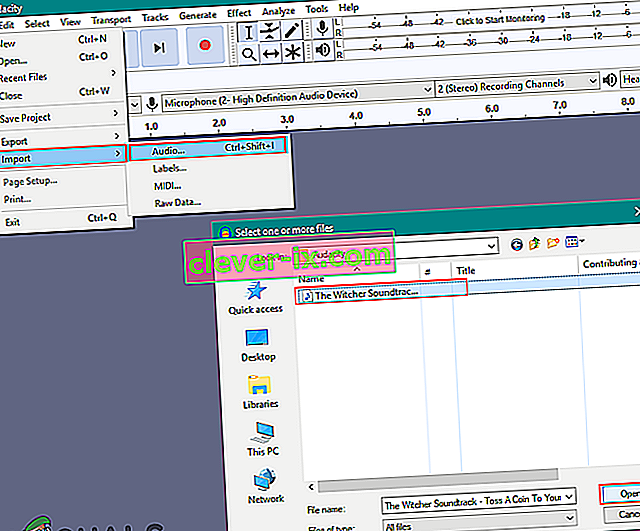

It might be possible to reverse-engineer the web page by copying all the text into a Notepad document, pasting it together with the photos in some kind of page program like CorelDraw and print it from that, but that’s a lot of work. I suspect the problem is that a mutant font was used for the text on the web page, one that has no equivalent in a standard computer, and that text is all that the PDF printer could interpret.

You open them in Adobe Acrobat or Acrobat Reader. If you weren’t successful, just post a comment below and I’ll help you out :) \imgs\image%04d.png – outputs the images to a folder (the folder must already exist!)įfmpeg -i input.mov -vf deshake output.movįfmpeg -i left_video.mov -vf " scale=iw/2:ih/2, pad=2*iw:ih movie=right_video.mov, scale=iw/2:ih/2 overlay=main_w/2:0 " sidebyside.mov But if that sounds like too much hard work, here’s my own personal reference I keep to remind me of common tasks:įfmpeg -i frame_%04d.png -c:v h264 test.mp4 – ‘%04d’ is the padding, like ‘frame_0001.png’įfmpeg -i frame%04d.png -c:v libx264 -preset veryslow -qp 0 vid.mkvįfmpeg -i frame%04d.png -c:v libx264 -preset ultrafast -qp 0 vid.mkv – larger file size, but quicker to encodeįfmpeg -i frame%04d.png -c:v prores vid_prores.movįfmpeg -i frame%04d.png -c:v qtrle qtrle.mov – possibly lossless compressionįfmpeg -i frame%04d.png -c:v libx264 -b:v 1M -c:a aac -r 10 output.mp4 – ‘-r 10’ specifies a framerate of 10 fpsįfmpeg -i frame%04d.png -c:v libvpx -b:v 2M -c:a libvorbis -r 10 output.webmįfmpeg -i frame%04d.png -vf scale=680:-1 -c:v libvpx -b:v 2M output.webm – 680p (auto height), no audioįfmpeg -i video.avi. There’s really an endless number of things you can do, so have a look at the documentation some time. Now you can play around with all sorts of things, like converting an image sequence into a video, a video into an image sequence, rotate and scale videos, discover information about a video, stabilize that shaky video you took at you Great Aunt’s 4th wedding, stream the webcam you planted in your girlfriend’s ex-boyfriend’s bedroom, or convert your 250 frame cube render to a super-crispy lossless h264 of unparalleled awesomeness. If all is well – congratulations, it’s installed! If it still tells you that it doesn’t recognize the command, double check that you successfully added the ffmpeg bin folder to the system path. Once you’ve got a console open, check that FFmpeg is installed properly by typing ffmpeg -codecs, which will show you all the codecs you have access to, including audio and video. Shift+Right Click in a folder (without any files selected) and choose Open command window here.Hit Win+R to open the Run utility and type cmd there.Search in the start menu for command prompt or just cmd.Since FFmpeg is a command-line program, we’re going to need to open a command line!


 0 kommentar(er)
0 kommentar(er)
